The Path to Punahou’s New Mission Statement
Hear from the vibrant voices, past and present, that contributed to this collaborative effort – including a special introduction from President Mike Latham ’86.
Our mission should matter. It should convey a strong sense of purpose, inspire our community, and define the distinctive character and values we share. It should remind us of what matters most to us, help us make challenging decisions and guide our way forward.
In the spring of 2022, Punahou’s leadership decided it was time to revisit our own school’s mission. Several factors made that a compelling endeavor. First, the mission that Punahou was operating under was drafted in 1985, and our world has changed dramatically over the past 37 years.
While we still remain committed to our earlier statement’s emphasis on “affirming the worth and dignity of each individual,” developing student “intellectual, academic, and physical potential,” and enhancing “creativity and appreciation of the arts,” along with “cultural diversity” and “social responsibility,” our school has also defined important new objectives in sustainability, social and emotional learning, belonging and inclusion, and civic engagement that were absent from the previous framing. In joking with friends and colleagues, I pointed out that in 1985 I was a 17-year-old Punahou School junior, and as photos from that era reveal, I have clearly changed – along with the School!
Second, we needed a much more purpose-driven approach. Our previous mission outlined the environment we sought to create for student learning, but it didn’t say much about why we existed. We wanted our new mission to inspire all whose lives are transformed by their experience at Punahou, including not only current students but also our faculty, staff, families, alumni, trustees, and the many friends of the school.
Our mission also needed to be concise, memorable, and powerful enough that it would remain in our minds and shape our collective work. As we often reminded ourselves, we wanted a statement that would resonate broadly, such that if one were to ask a third grader, an Academy teacher, or one of our amazing Physical Plant team members what Punahou’s purpose was they would all have a shared and compelling response.
Finally, and perhaps most importantly, we wanted our new mission to be distinctive, and deeply grounded in our school’s own history, culture, and sense of place. Punahou’s mission, we knew, should not look like that of any other independent school in the world. We are a truly unique institution, spanning generations. We are shaped by our Hawaiian and Christian heritage and the shared values that emerged as people from around the world came together in this place to learn and grow over the past 182 years.

“We wanted our new mission to be distinctive, and deeply grounded in our school’s own history, culture, and sense of place.”
As we began this work, we sought contributions from across the school. Over the course of a year, all our employees and students were invited to reflect on what Punahou meant to them. We also sought ideas from our Parent Faculty Association and Punahou Alumni Association leadership in addition to our colleagues at Kuaihelani, our Center for ‘Ike Hawai‘i, our chaplains, senior administrators, and Trustees. Robert Gelber ’92, our director of Communications, and Virginia Loo ’92, our director of Analytics and Planning, played pivotal roles as they defined the strongest themes appearing in page after page of meeting notes, archival sources, beautiful student artwork and poetry. These powerful reflections became the core of the mission statement.
We also rediscovered an inspiring voice from our past. Mary Kawena Pukui, one of the most influential scholars of Hawaiian history, language, and culture of the 20th century, taught at Punahou in the 1930s and helped to build our 20th century Hawaiian Studies curriculum through storytelling and song. She left us a powerful ‘Olelo No‘eau of her own, her vision of a school that would be a “Spring of Wisdom,” educating children that, like the hala tree, would “stand strong and brave through joy and sorrow” and “be useful to Hawai‘i.”
Struck by the power of Pukui’s prophetic voice, we decided that our new mission statement should respond to her earlier, Hawaiian framing. With an opening line drawn from a poem by fifth grader Alaia Kinzer ’30, we wrote a statement that echoed Kawena Pukui’s references to the new spring and the hala tree while reflecting on our current goals.
As our students discover the natural and human world around them, through their study of science, literature, history, and culture, they also come to discover who they are, and who they might become. As they learn to question not only what they are good at but also what they care about, what matters to them, and what they might commit themselves to, they start to define lives of purpose, meaning, and responsibility to their communities in Hawai‘i, and around the world.
This issue of the Punahou Bulletin explores the journey that led to our new mission and values statements. In these pages you will find the voices of students, teachers, staff, chaplains, parents, and alumni reflecting on Punahou’s aspirations, ideals, and values.
As you read these stories and perspectives, I hope that you will also take the time to reflect on the way that Punahou has enriched your own life, and your own values and commitments. Like many of you, I feel a profound sense of gratitude to Punahou, the institution that so clearly had the largest impact in making me the person that I am today. I am also deeply grateful for your support as we care for Punahou’s community, and I am very excited about the future that we will build together.
– By President Mike Latham ’86
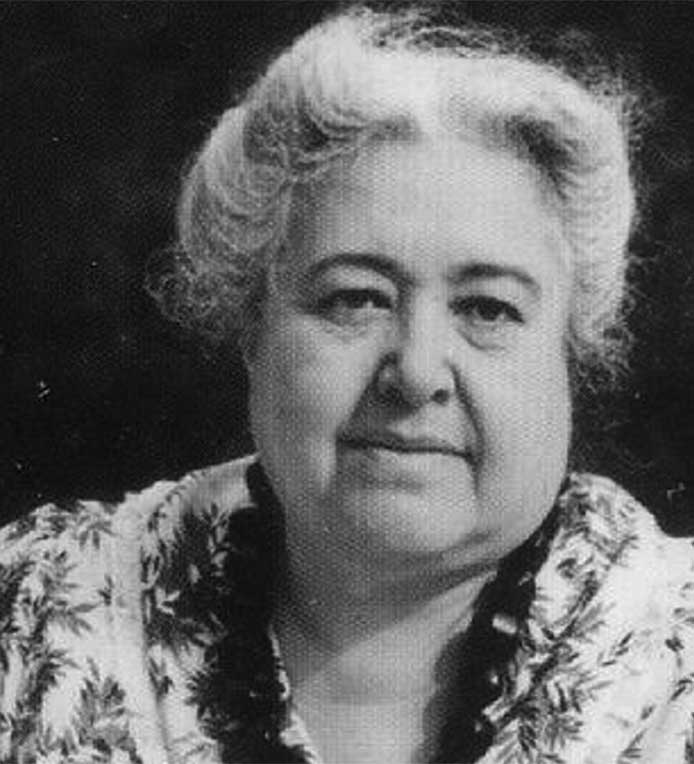
“This school shall be a Spring of Wisdom.
As the hala tree stands firm through wind or storm, so shall the children of this school stand strong and brave through joy and sorrow. And just as the hala tree has many uses, so shall these children be useful to Hawai‘i.”
– Mary Kawena Pukui
Hawaiian scholar, author, Punahou educator
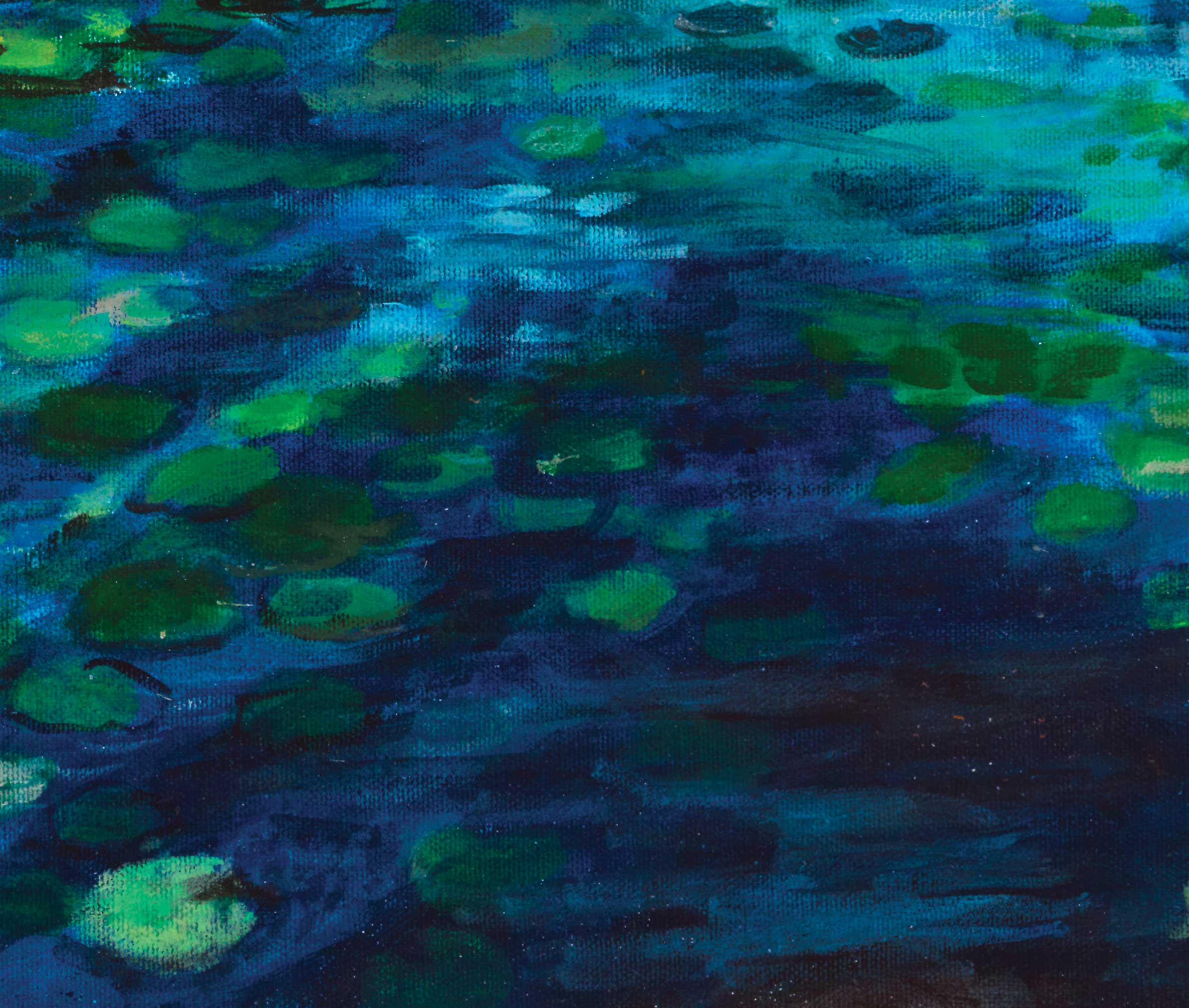
Our Mission
We are children of Ka Punahou, the new spring.
From under the hala tree, we weave a mat that seats many,
our home to dream and discover our purpose and kuleana
to Hawai‘i and the world.
Our Values
Children of the New Spring
We develop spiritual and ethical values that affirm the worth and dignity of everyone, inspired by our Hawaiian and Christian heritage.
Dream and Discover
We inspire a love for learning, innovation, and exploration from kindergarten through life, empowering all to discover their gifts and passions.
Purpose and Kuleana
We commit to personal responsibility and kuleana as central tenets of our larger public purpose to create a just, compassionate and sustainable world.
A Mat That Seats Many
We welcome all to realize the full expression of themselves, knowing that our differences are our source of strength.
Hawai‘i and the World
We honor our many communities and unique kuana‘ike while embracing the entire world as our home.
History’s Reach into the Present
Kylee Mar
Archivist
Archivist Kylee Mar suspected something was afoot when she received an email from President Mike Latham ’86 in February 2022. “Nobody had ever reached out with this type of inquiry before. I loved his curiosity,” Mar recalls. “He wanted to get context on the history of our School’s mission statements.”
Off she went into the vault, searching shelves, boxes and folders to create a succinct timeline with citations about our founding documents. Through her meticulous research, Mar came up with various treasures, including Punahou’s guiding objectives from 1841 – 1941 as well as versions of Punahou’s Aims and vision through the decades. The research yielded another gem: content about a cherished Punahou kumu, Mary Kawena Pukui, dating back almost 90 years.
The first documented evidence of Pukui at Punahou School is an annual report from 1937, according to Mar. She worked with Junior School music faculty Jane Winne on developing a Hawaiian Culture curriculum to integrate into a revised social studies plan for grades 1 – 6.

“I am proud to help others remember this remarkable woman, her gift of knowledge and teaching and ultimately, her ‘Ōlelo No‘eau for Punahou School.”
“Mrs. Pukui’s program started with two hours every Monday, during which she would tell Hawaiian stories, proverbs and riddles,” Mar says. “She preferred to teach in intimate groups for 15 – 20 minute periods and soon Mondays became affectionately called, ‘Mary-go-round’ so that all of the classes had time with her.”
Of course, Pukui’s influence extends beyond the walls of Punahou, Mar explains. “Her translation work produced some of the most heavily used reference materials in the world: Hawaiian language dictionary [Hawaiian Dictionary] with Samuel H. Elbert, Place Names of Hawai‘i, and ‘Olelo No‘eau – which contains 2,942 Hawaiian proverbs and poetical sayings,” she explains. “Her body of knowledge also included many chants, lyrics and musical compositions.”
Mar compiled her findings – including details about Pukui’s role at Punahou – into a robust report and sent it off to leadership. “As with all inquiries, I wondered what would become of the gathered information? Will it sit in a report on a desk? Will it be shared?” Mar recalls. “Little did I know at that time, the School was embarking on an extensive process around our mission statement – and would ultimately leverage one of Pukui’s proverbs as the preamble.” The opening to the mission statement – “As the hala tree stands firm through wind or storm, so shall the children of this school stand strong and brave through joy and sorrow. As the hala tree has many uses, so shall these children be useful to Hawai‘i.” – essentially functions as a call from a historic kupuna scholar to our modern-day community.
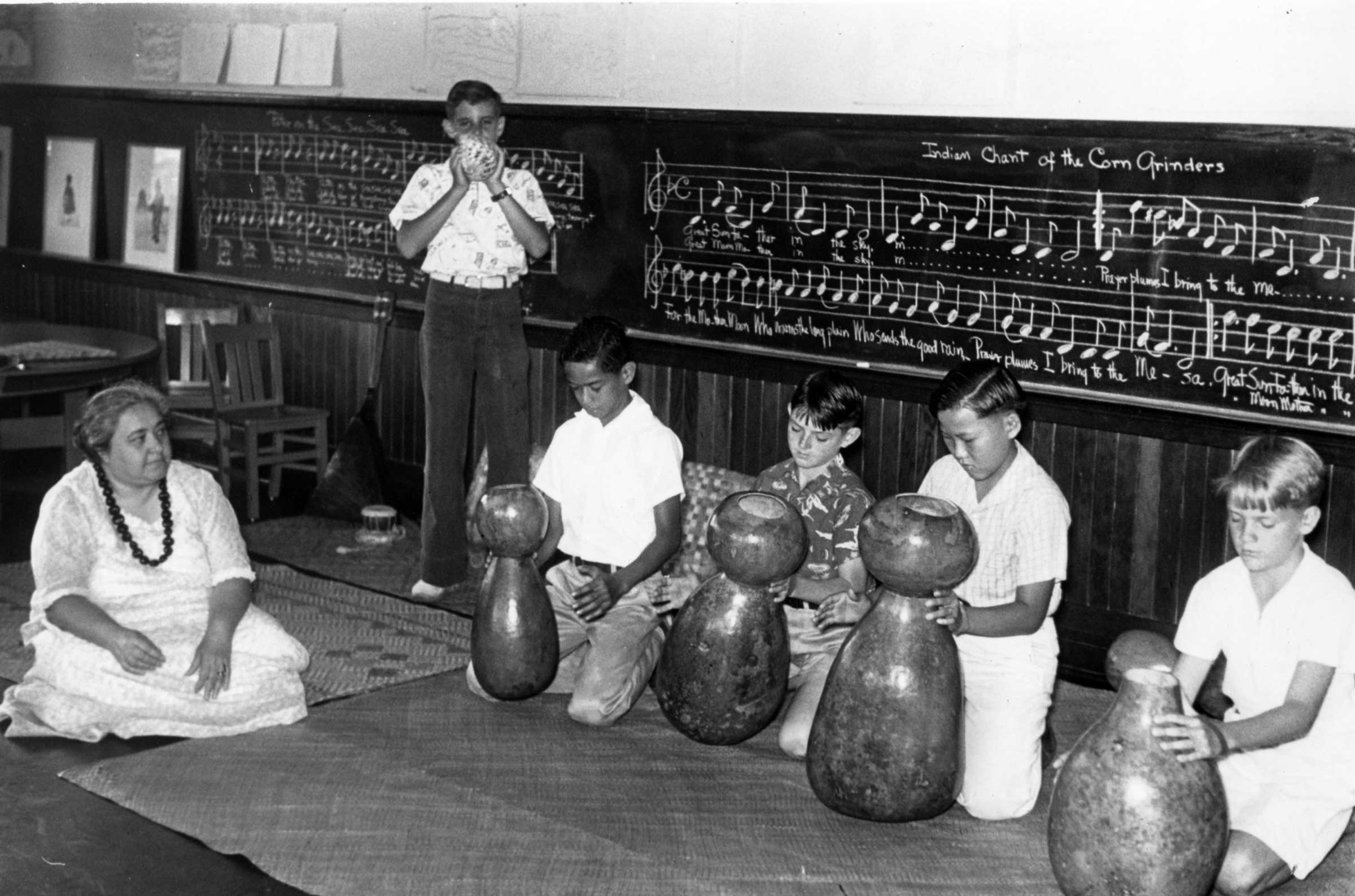
And the response to this call – or pane – is the mission statement itself: “We are children of Ka Punahou, the new spring. From under the hala tree, we weave a mat that seats many, our home to dream and discover our purpose and kuleana to Hawai‘i and the world.”
Mar says Punahou’s new mission statement is a departure from previous iterations. “From a historic perspective, this statement is extremely different,” she notes. “The structure is certainly unique. But the beauty is that it is distinct, while still honoring our roots and our heritage.”
As a lifelong student of Hawaiian language, history and culture, Mar finds this adherence to the past gratifying. “I am proud to help others remember this remarkable woman, her gift of knowledge and teaching and ultimately, her ‘Olelo No‘eau for Punahou School,” she notes. “In meeting with her grandson, La‘akea Suganuma, he reaffirmed that Mrs. Pukui had a deep connection to Punahou School and expressed that she would be honored to be remembered in this way.” Mar firmly believes that Pukui’s words are a reminder of how the past constantly informs the present – as we plan for our future.
Below: Faculty and staff participated in a series of workshops and exercises to help formulate the mission statement. One of the key questions they responded to was: Why do you work at Punahou?



A Collective Journey

Virginia Loo ’92
Director of Analytics and Planning
Before a single word was jotted down, Virginia Loo ’92, director of Analytics and Planning, deployed campus-wide focus groups to gain insight into the school community’s overarching feelings and perceptions about Punahou. “We wanted to use messaging that was embedded in something real and meaningful – something poignant that would resonate with people.”
It took months to survey the diverse cohorts. “We had a process that touched all departments, because everyone who works here contributes to the mission and needs to own a part of it,” she says. “And by engaging our PFA and Alumni leadership, as well as a wide swath of the student population, we started to see the strong alignment of values from diverse perspectives.”
Focus group participants were asked to answer key questions such as: Why does Punahou exist and why do you work at Punahou? When analyzing the data, Loo’s keen eye detected an interesting trend: Even though the participants in the study came from diverse walks of life, by far the most common refrain across all cohorts boiled down to one word: Community. “It makes sense. We often talk about how strong our sense of community is, which is another way of referencing belonging,” Loo says. “Belonging is an essential component of a school where students thrive.”
A broad spectrum of the buff ’n blue community was invited to provide reflections and insights that were infused into the mission statement and core values – an intricate process that took almost a full year. Here are some of the participating voices:

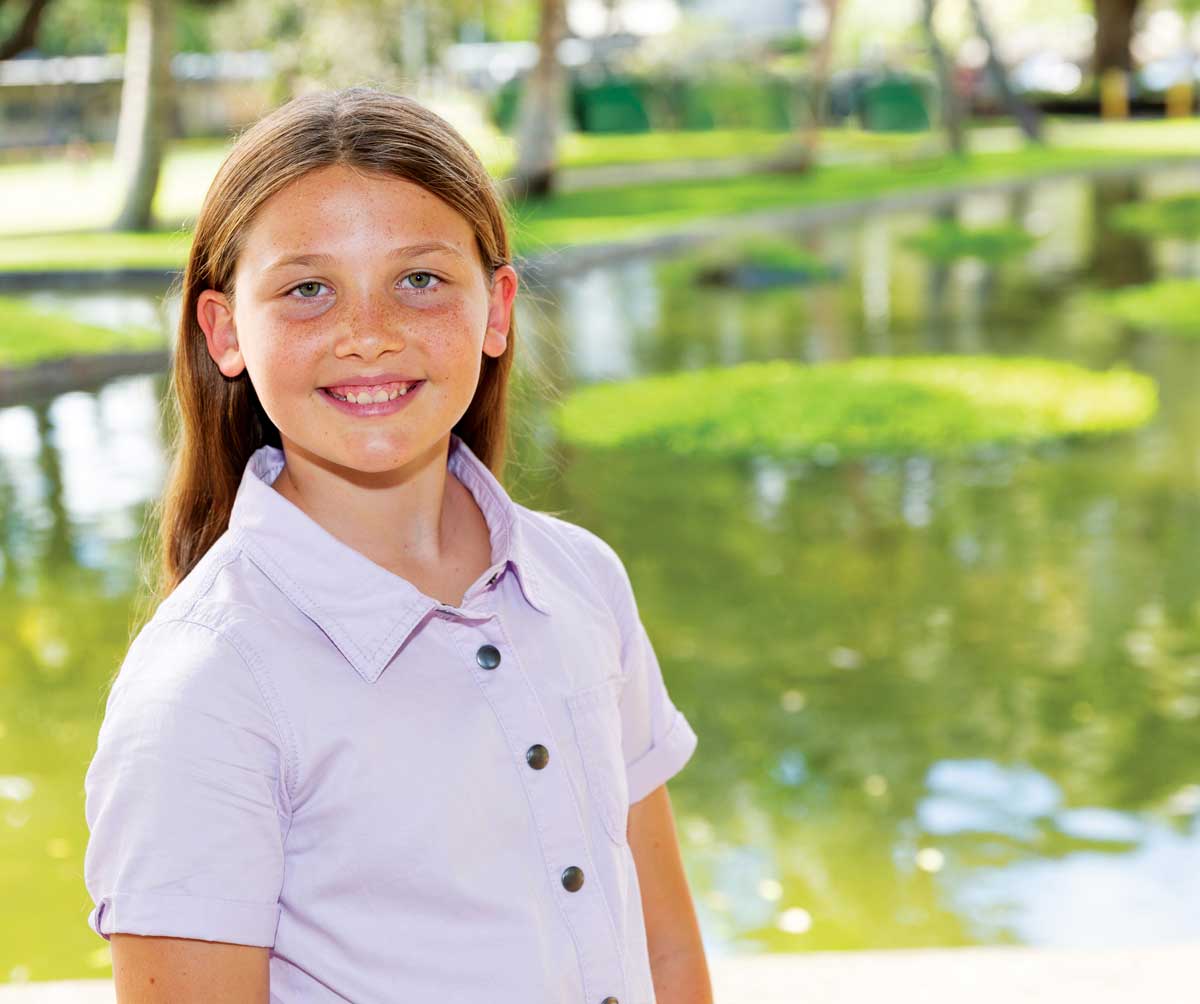

All students were asked to answer one key question: What does Punahou mean to you? Hundreds rose to the occasion, submitting stirring poetry and written work. Their input helped to shape the final language of the mission statement and core values. In fact, the mission’s opening line – We are children of Ka Punahou, the new spring – was derived from Alaia Kinzer’s ’30 poem. She and fellow classmates in Sharon Vincent-Lum’s fifth grade class, along with many other students across our campus, wrote touching poems that beautifully expressed what they love about Punahou.
The Power of Words

Robert Gelber ’92
Director of Communications
“It is often said to open your arms to change, but don’t let go of your values,” says Robert Gelber ’92, director of Communications. “In many ways, this sentiment is emblematic of our entire process, as we sought to chart the future while staying true to our core beliefs.”
But what precisely are those beliefs – and how do you crystallize them into actionable words? After a careful review of the feedback and reflections from the community, the wordsmithing began.
Some of the major themes that cropped up included: Purpose and the Future; The Whole Child; Community and Belonging; and the New Spring and Hala Tree. “If you look at the final language, you will find that these concepts are inextricably tied to the mission and core values. These are the building blocks for everything that was created.”
Gelber says the broad participation from diverse constituencies is giving this new work momentum. “Words are not just for pretty prose – they hold weight, they have the power to move and inspire us,” Gelber says. “The language we used for the mission and values was chosen with great care and was largely authored by the school community.”
Here is a breakdown of the key words that emerged from the focus groups and workshops:
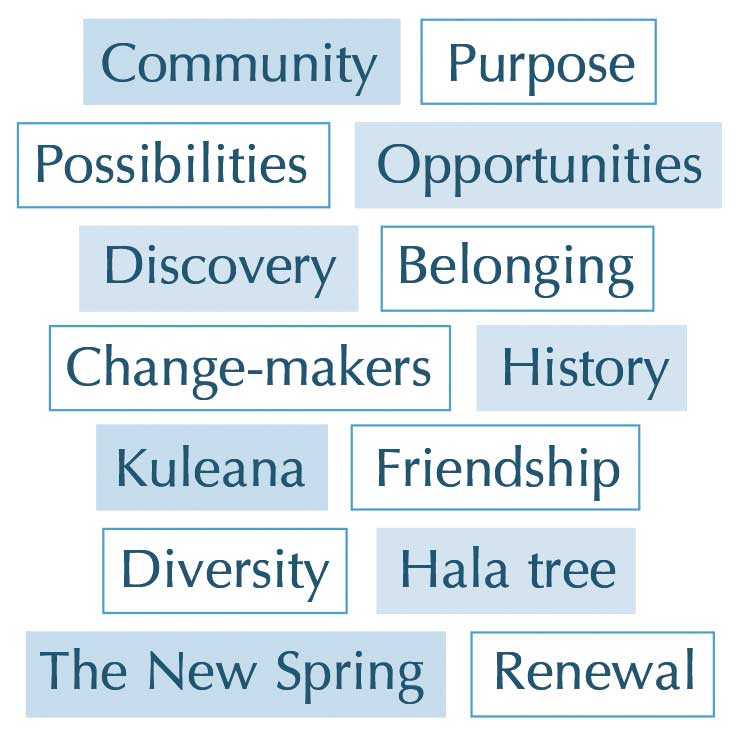
Drawing Conclusions

Todd Chow-Hoy
Junior School Principal
“It is amazing to see all the drawings, poems and reflections from our youngest learners who had just started their kindergarten year, all the way up to our seniors,” says Punahou’s Junior School Principal Todd Chow-Hoy. “This content is the backbone of our new mission statement – and I hope that when people read it, they will hear their own mana‘o as it is reflective of so many voices.”
Chow-Hoy says the community is embracing the new mission statement for a host of reasons. “There is so much to love about it,” he notes. “It acknowledges our long history, it is aspirational – and it is a powerful reminder that students are at the heart of everything we do.”
He also likes the fact that the mission statement refers to the School as our home. “It is a great metaphor because it conjures up images of Punahou being a safe space for all members of our community to feel welcomed, nurtured and supported,” he says. “It is a safe place where students can always return.”

Gustavo Carrera
Academy Principal
“Nothing inspires more than purpose and this purpose-inspired mission is already making faculty and students more engaged with their Punahou experience,” says Academy Principal Gustavo Carrera. “I am proud to be affiliated with an institution that aspires to set itself apart from all other independent schools; a school that has a unique mission rooted in a long and rich history but that is also boldly looking to educate the next generation of students and citizens.”
He welcomes the endeavor of bringing the mission statement to fruition in the Academy – and intertwining it with the K – 12 Learning Outcomes that will comprise the core of our curriculum: kuleana (responsibility), critical thinking, creativity, communication, collaboration, citizenship and kuana‘ike (perspective). “Continuing to innovate our program while still being imbued in our traditions and Hawaiian values is the great balancing act that all Academy principals are tasked with,” Carrera notes. “I look forward to the many vibrant conversations that we will have about harnessing the power of this statement to benefit our community.”
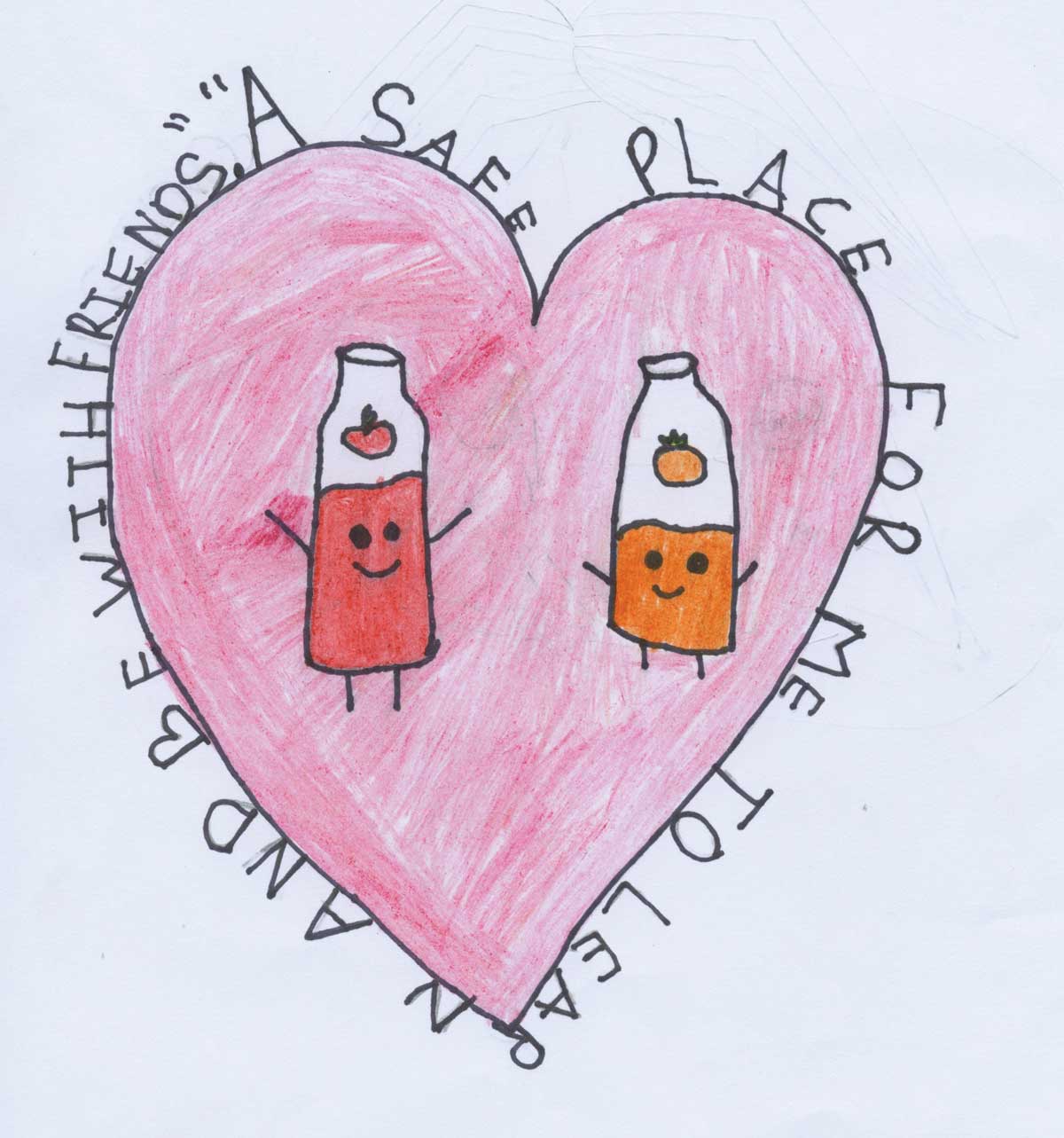

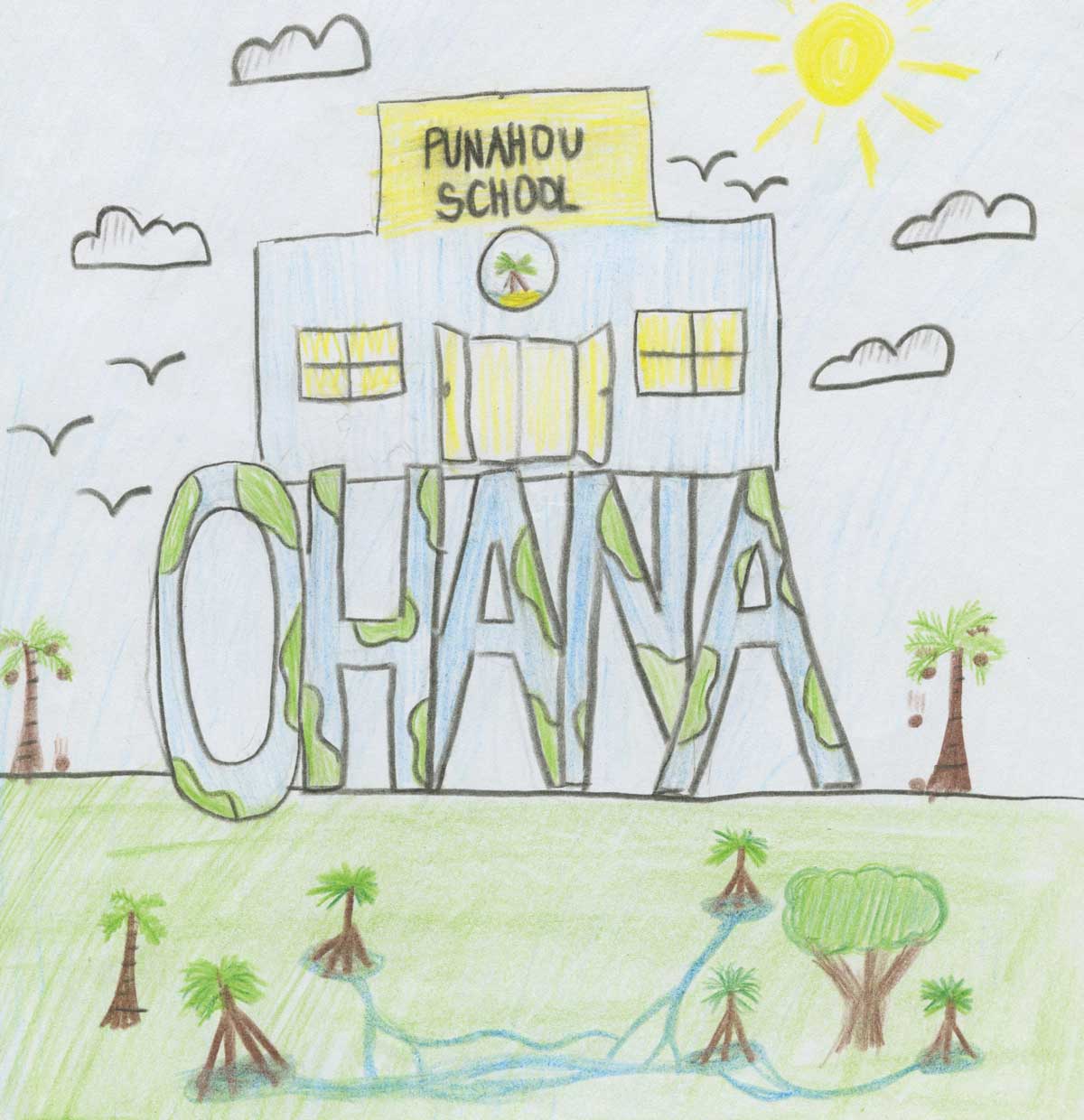
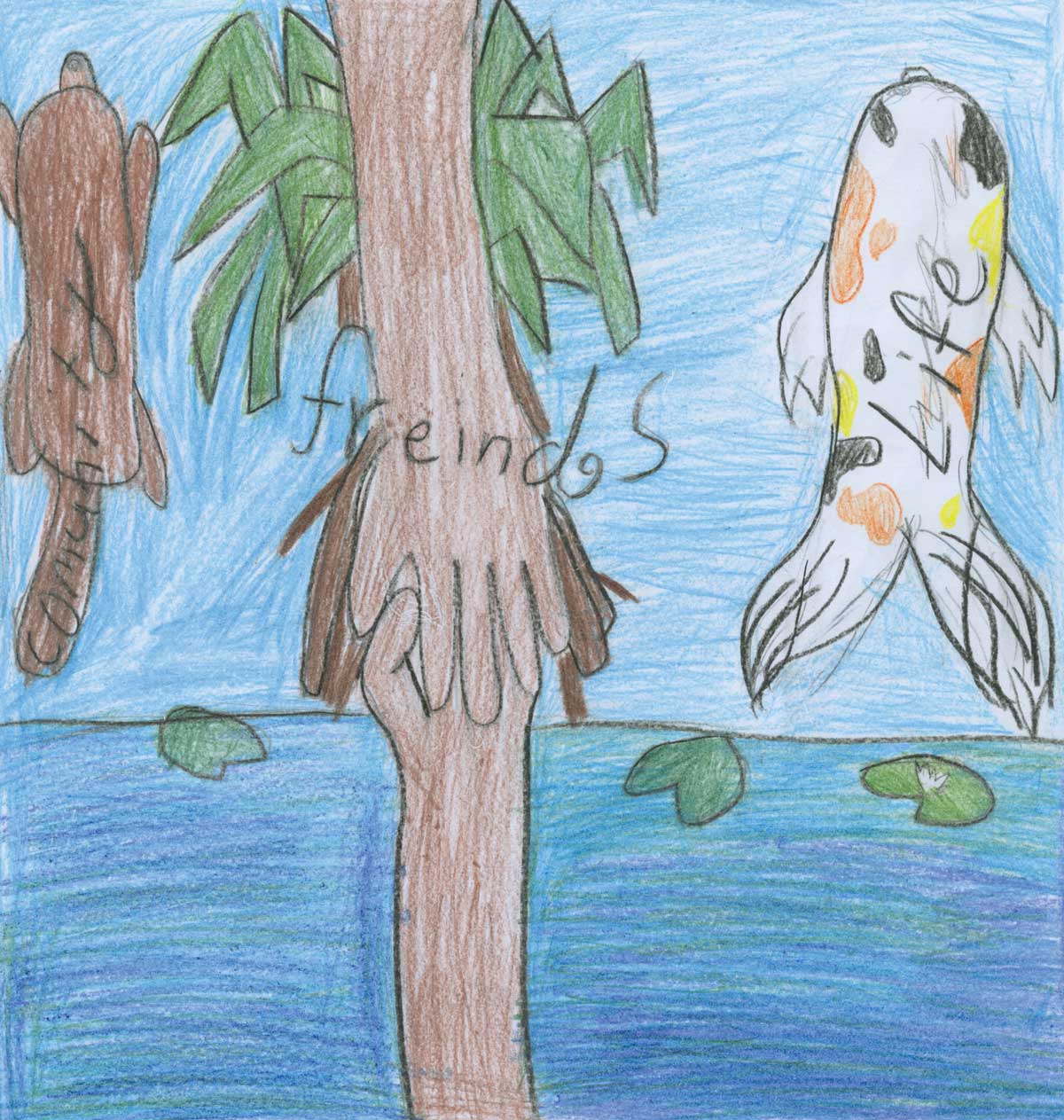
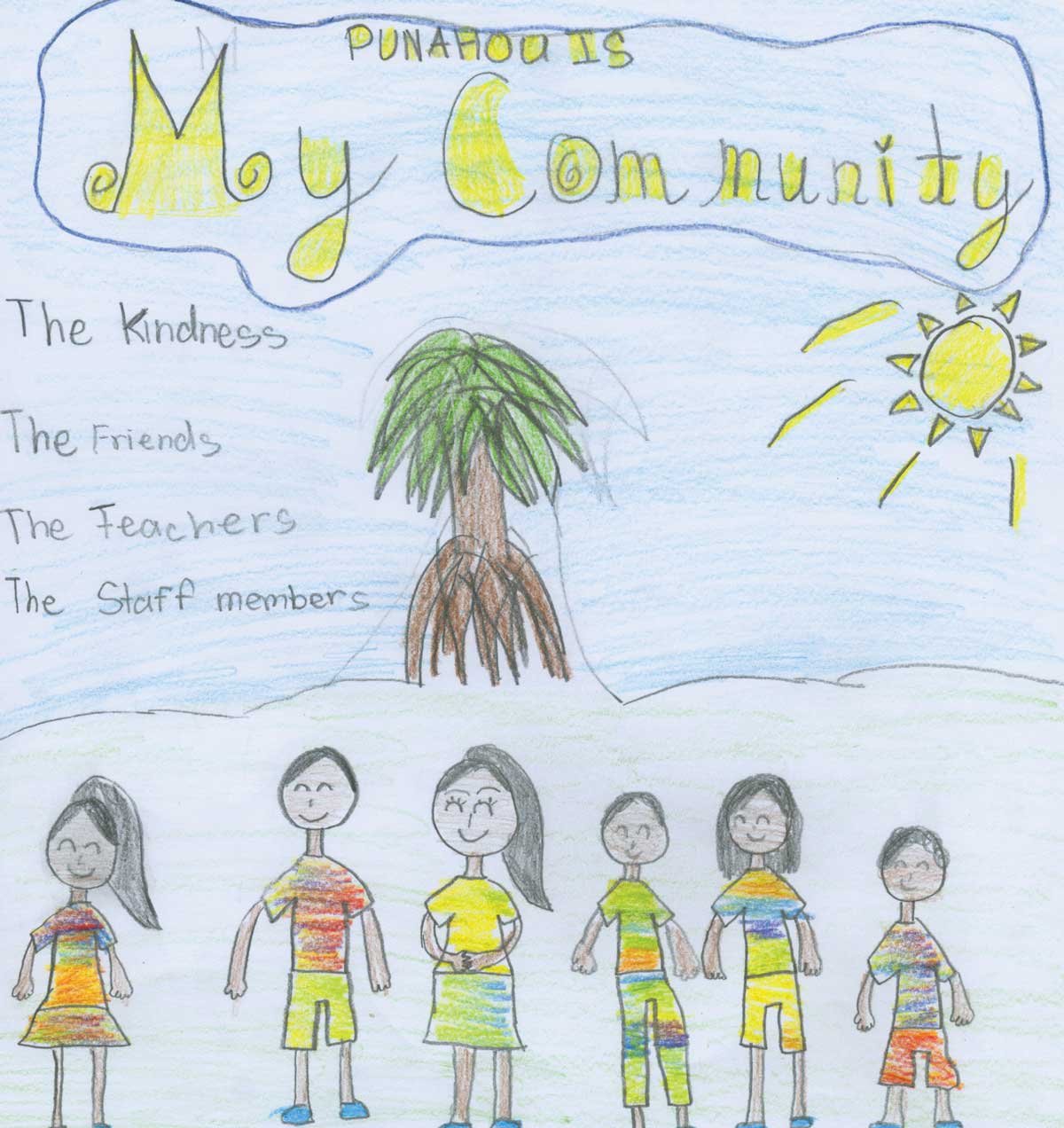
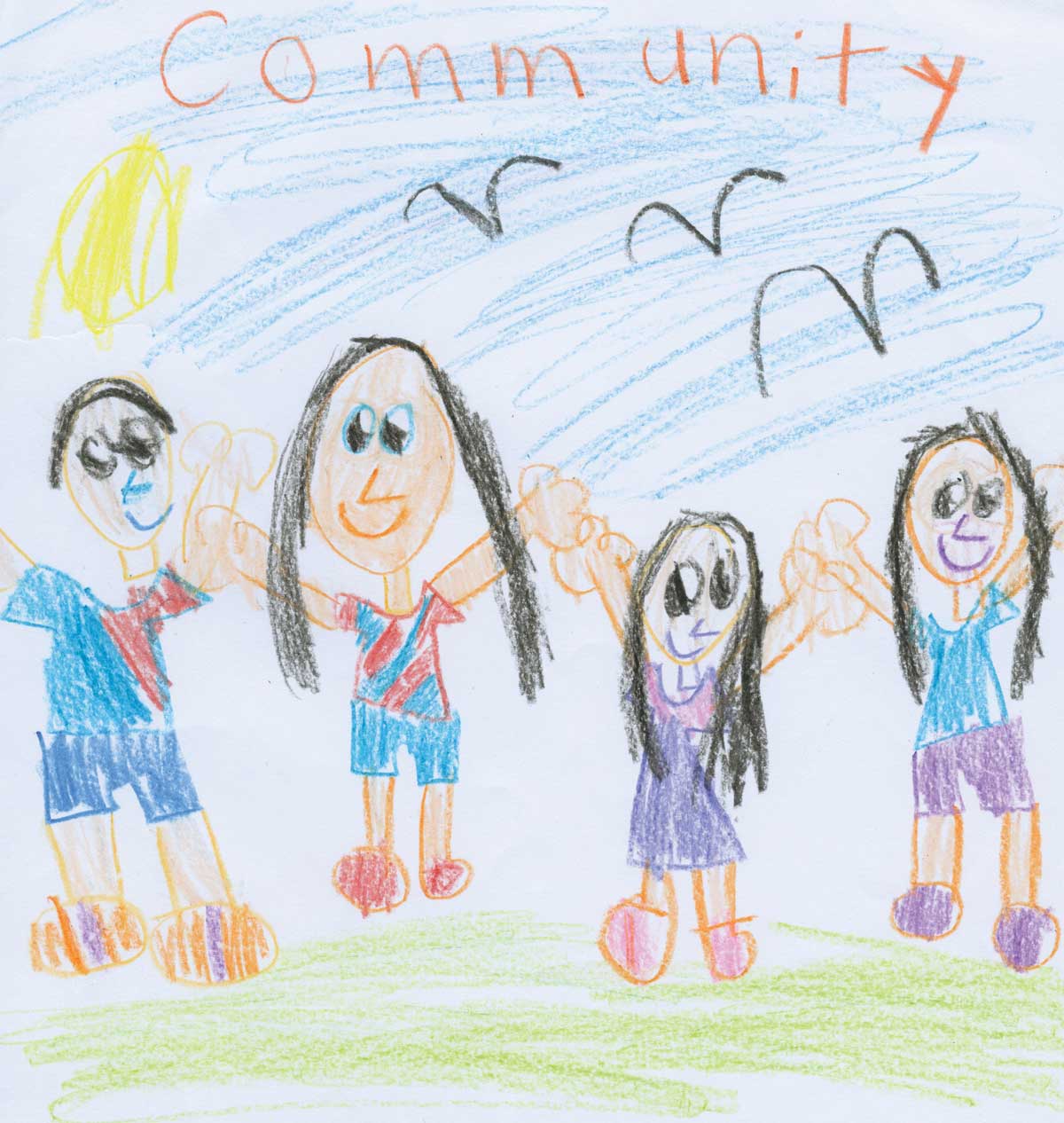
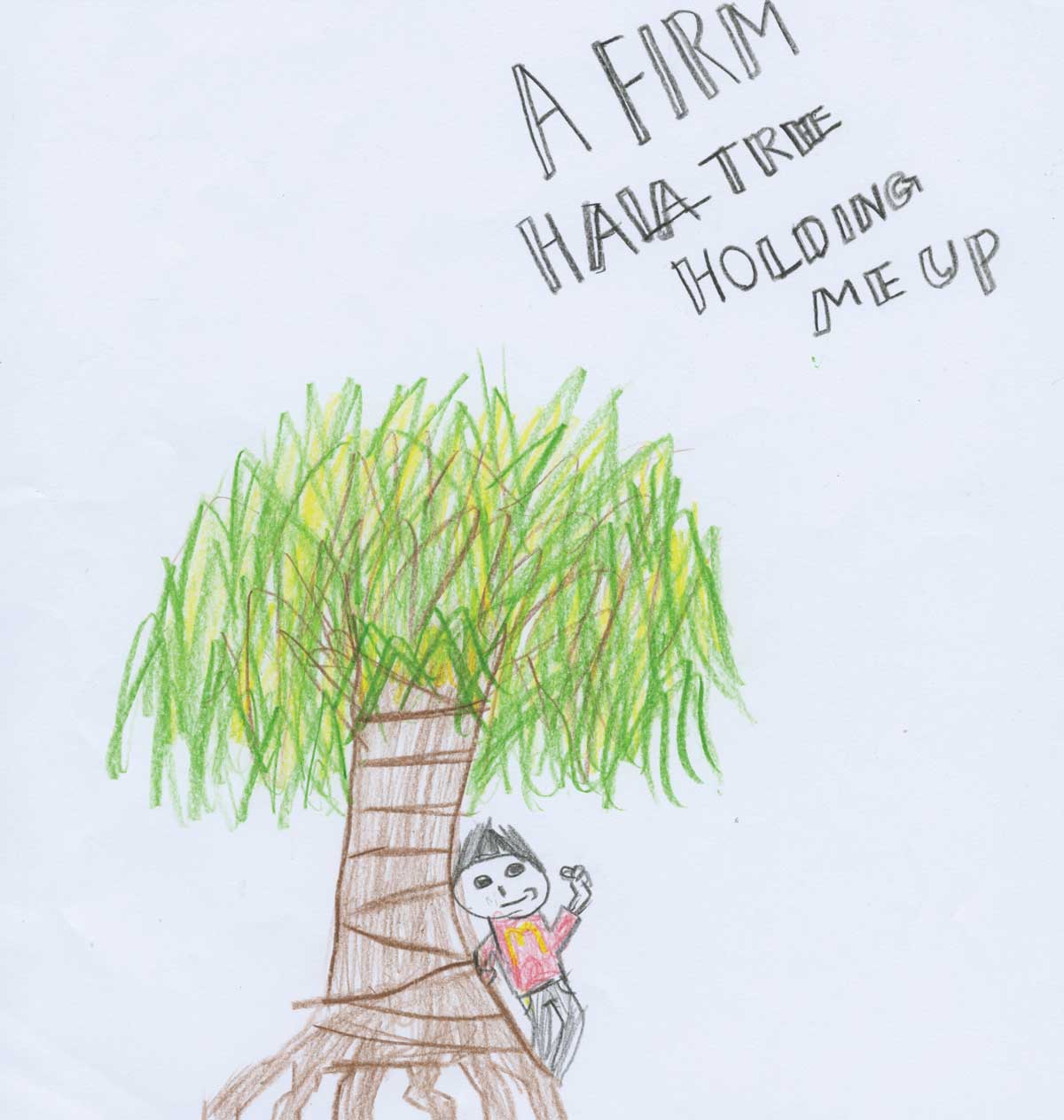
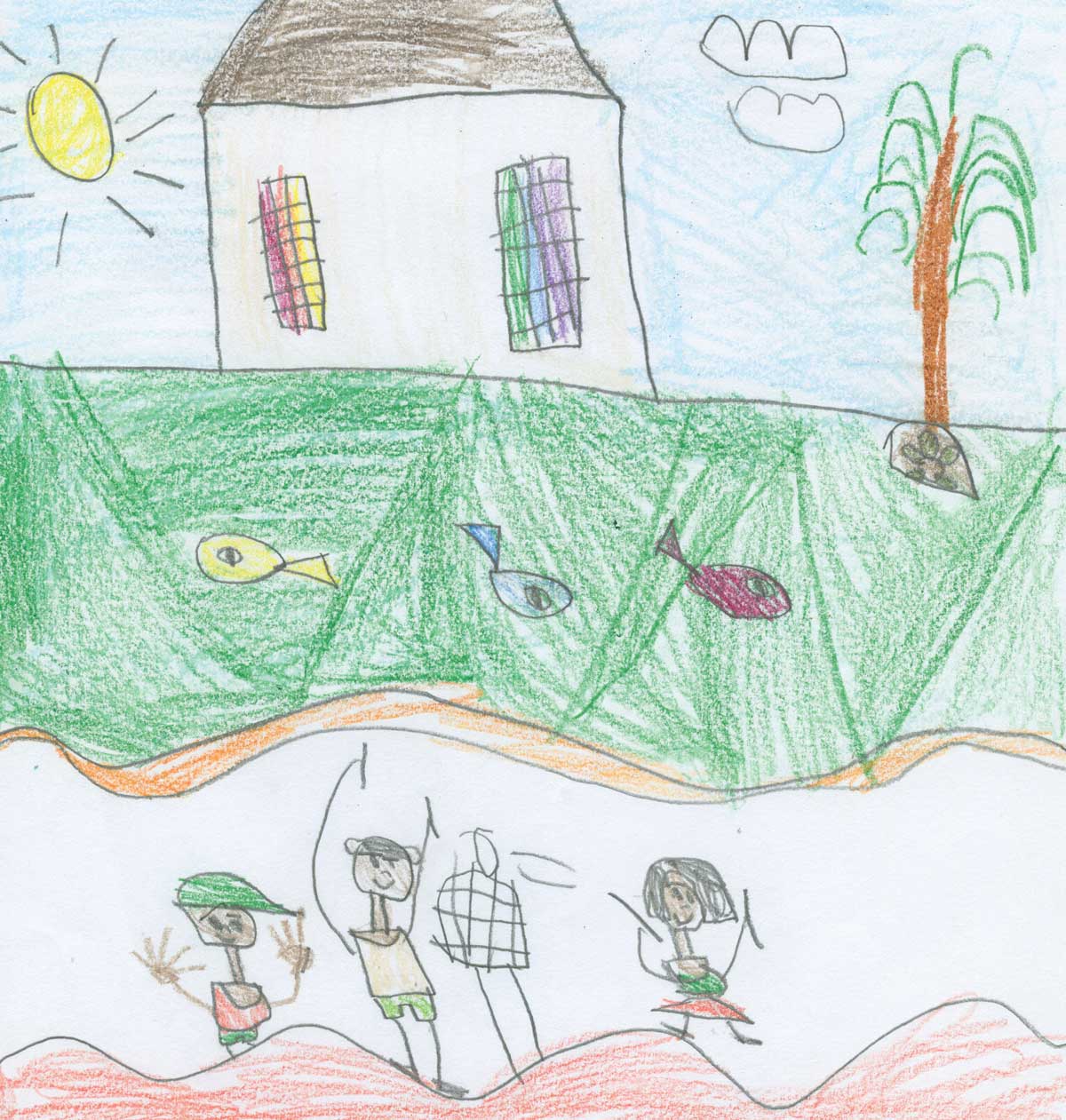
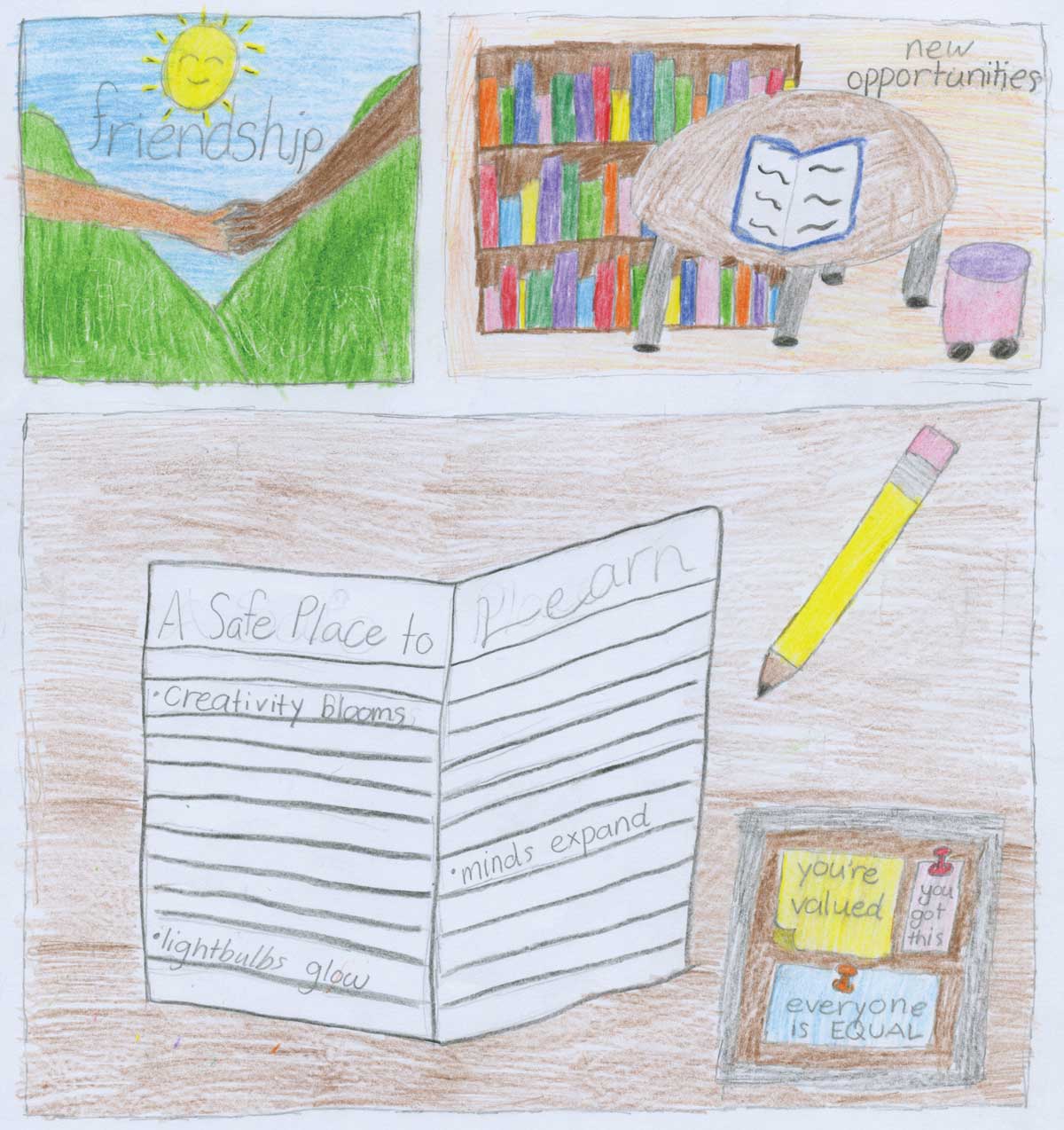
Inspired for the Future
Once the initial draft of the mission statement and core values was completed, it was presented to key stakeholders for feedback and officially adopted by the Punahou Board of Trustees in late January 2023. Faculty members – excited for the next chapter – are already thinking of ways to activate the motivational words in their classrooms.

Timothy Dyke
Academy English Faculty
“When I first read the new mission statement, I immediately felt a sense of connection. In almost 40 years of teaching English to young people, I have come to believe that a school is only as good as the experiences of its most marginalized members. If a school doesn’t create a sense of belonging, engagement, and inspiration for everyone on campus, then that school has work to do. In the previous statement, there was a line about honoring “the worth and dignity of every individual.” That line spoke to me about the importance of respecting all members of our community. I hear that respect and commitment ring even louder in the new mission statement. If we are indeed all ”children of Kapunahou,” if we are indeed all weaving “a mat that seats many,” the statement inspires me to do my part in creating a nurturing and caring environment for all.”

Mandy Chock
Seventh Grade English Faculty
“It isn’t often when an organization’s mission statement evokes deep feelings of pride and satisfaction. However, those were the feelings I connected with when the School’s new mission statement was revealed. I think the power of our new mission statement lies within its brevity, and when its layers are pulled back, we are reminded of the School’s meaningful history and how we have evolved. It then works as our star compass and renews our intentions for the future when our students are looking for answers to questions such as – Who am I? What is my purpose here at Punahou? Where do I go from here? But now, rather than answering those questions as individuals, we can answer them as a Punahou community. The statement is more we than me.”
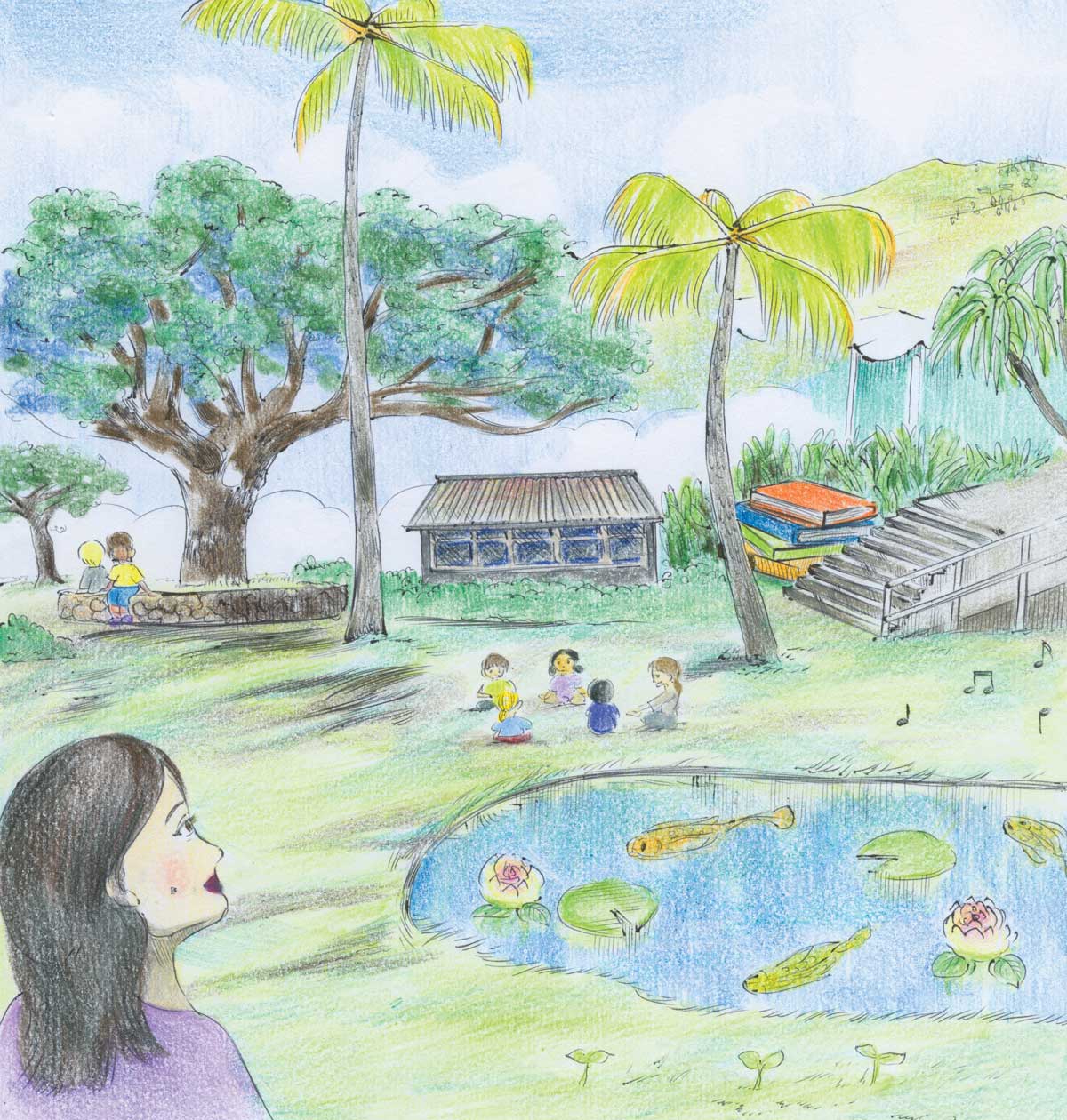

Serene Kim ’24 was inspired by the vitality of Punahou’s campus to create this dreamlike drawing. “It is beautiful not just because of its nature but also because so many passionate, energetic and warm people walk on it,” she says. “The inviting and friendly atmosphere of the School helped me find my place at Punahou as a new student.” Through her work, she hopes to convey that Punahou is more than a place to study and learn. “It’s an environment that is both welcoming and understanding, where we are encouraged to grow spiritually and connect with diverse people, nature, and ourselves.” The setting in the drawing is the area next to the Thurston Chapel and the Lily Pond. “In that space, which students and faculty from all grades use, we come together as the children of the New Spring, and this was meaningful to me.”
A Mission that Belongs to All
Lauren Medeiros
Chaplain
Chaplain Lauren Medeiros is a big fan of the revitalized mission statement – but at the onset of the process, she was hesitant about the change. “To be honest, I actually loved our old mission statement and wondered: If it’s not broke, why fix it?”
What eased her mind? The children. “When I saw the drawings, the words and the inspiring mana‘o of our students, that settled it for me,” she says. “How powerful for our students to sense that they were part of articulating a mission that will guide our school, its leaders and even students that will take their places long into the future? It reminds me of the scripture: And a little child shall lead them.”

“I hope our students will deeply know themselves to be a part of something beyond their own time and place and experience, I hope they will feel empowered to weave the mat that is ever-more inclusive and that their pride in being children of Kapunahou will be rooted in gratitude and aloha.”
Chaplain Medeiros contends the collective nature of the process that went into creating the mission statement was a big win for the entire community. “Quite simply, it belongs to us all. With other teachers and beloved colleagues, I joined some brainstorming sessions, where we attempted to articulate what is special about Punahou – and what distinguishes it from the good intentions of every educational institution,” she recalls. “In addition to these in-the-trench meetings, the Chaplains were able to have several meaningful meetings with Robert Gelber, from Communications, where we described how this process is actually very close to our process in crafting an Opening Chapel theme each year.”
Chaplain Medeiros looks forward to seeing the new mission statement come alive at the School in the months ahead. The process is already off to a strong start. “All children in grades K – 12 had a beautiful chapel introducing the mission statement,” she says. “During those chapels, we made a point of intentionally acknowledging the children for their part in the creation of this mission and the values that undergird our school’s purpose and vision – that is incredibly empowering.”
She hopes that future generations will examine and reflect on this special time for the School. “I hope our students will deeply know themselves to be a part of something beyond their own time and place and experience,” she says. “I hope they will feel empowered to weave the mat that is ever-more inclusive and that their pride in being children of Kapunahou will be rooted in gratitude and aloha.”
Cultural Connections
Ke‘alohi Reppun ’99
Director, Kuaihelani Center for ‘Ike Hawai‘i
“When I read the first draft of the new mission statement, I was filled with excitement,” says Ke‘alohi Reppun ’99, director of the Kuaihelani Center for ‘Ike Hawai‘i. “Our small group of thought partners had been regularly providing input for the updated statement and now some of our big ideas were making their way on to center stage – the text is rich with Hawaiian culture.”
Reppun says the new mission statement gives Punahou the opportunity to deepen ‘Ike Hawai‘i throughout campus. “It allows us to use our past and our legacy to make a cohesive plan for the future,” she says. “So that ‘Ike is part of everyday life instead of something that we do only for special occasions.”
Hawaiian culture is instilled into many aspects of the mission statement. In fact, the opening line is an homage to the School’s origin through the discovery of Kapunahou, the new spring. It is a legend that has been told to generations of students about an elderly couple named Mūkākā and Kealoha, who lived on the drought-stricken grounds of what eventually became Punahou’s campus. After a series of events, they pulled up a hala tree which revealed a freshwater spring beneath, essentially giving way to life on campus.
In addition, the mission statement references the act of weaving a mat, which is an ancient Hawaiian cultural tradition, according to Reppun. “When we weave, we are literally binding pieces of lauhala together – but on a deeper level, we are also binding the weaver’s essence into the mat – the physical, the mental and the spiritual,” she explains.
“So if we weave at the highest level of our craft, we have a mat that supports the physical sitting of people, the mental exchange and connection between those people. If we are responsible weavers, we will not only weave a mat that seats many, but also a mat upon which the best of people will be witnessed.”

“When we weave, we are literally binding pieces of lauhala together – but on a deeper level, we are also binding the weaver’s essence into the mat – the physical, the mental and the spiritual.”
The fact that the mission’s preamble was derived from Mary Kawena Pukui – a preeminent authority on Hawaiian studies – is a statement onto itself, Reppun explains. “We are educating our community to be useful to Hawai‘i and beyond, like the hala tree that she mentions in her proverb. Looking at our educational approach through this lens is very Hawaiian,” she says. “That is a big stake to drive into the ground today, particularly as it relates to diversity, equity, inclusion, and belonging as well as social-emotional and ethical learning.”
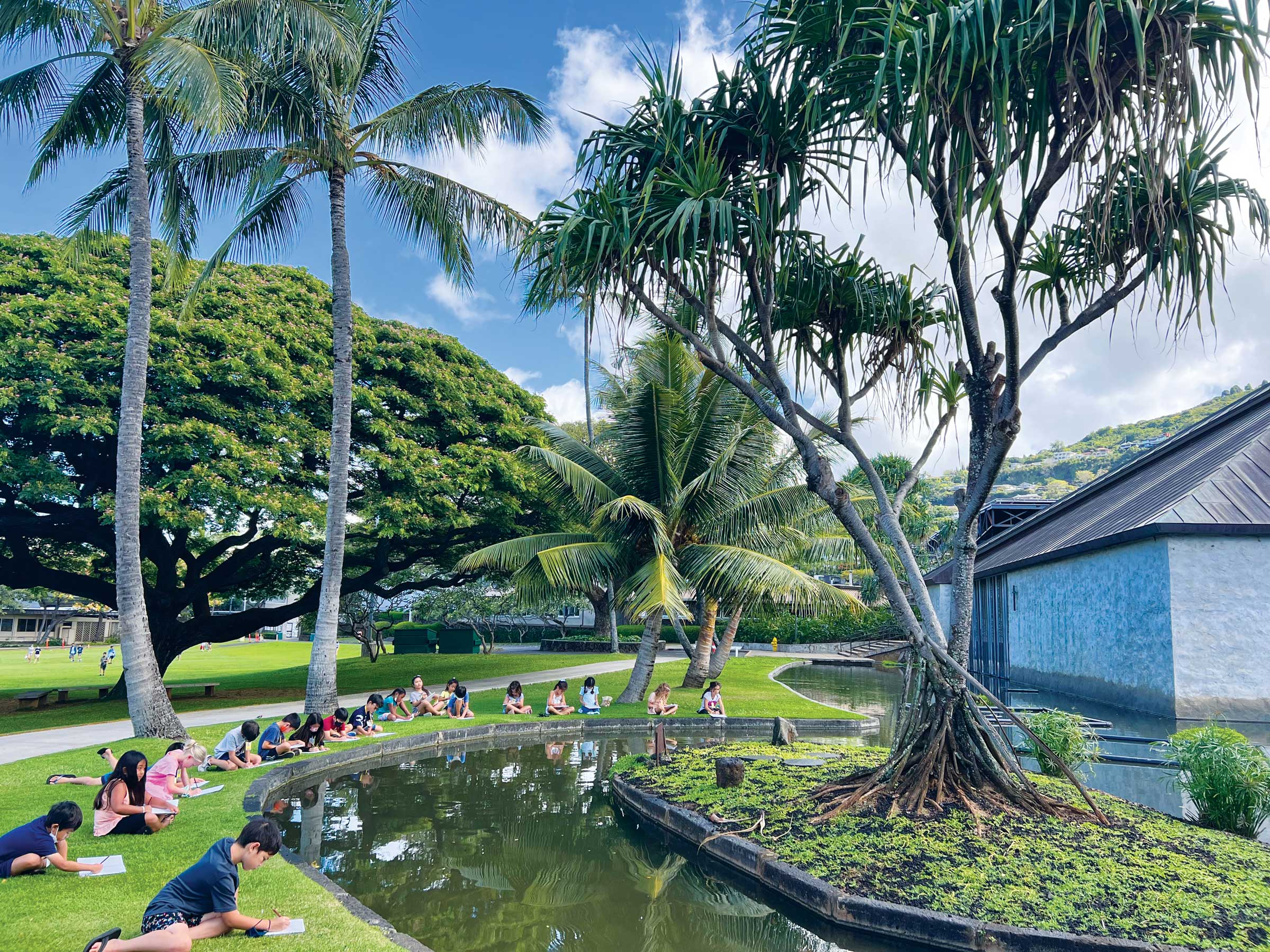
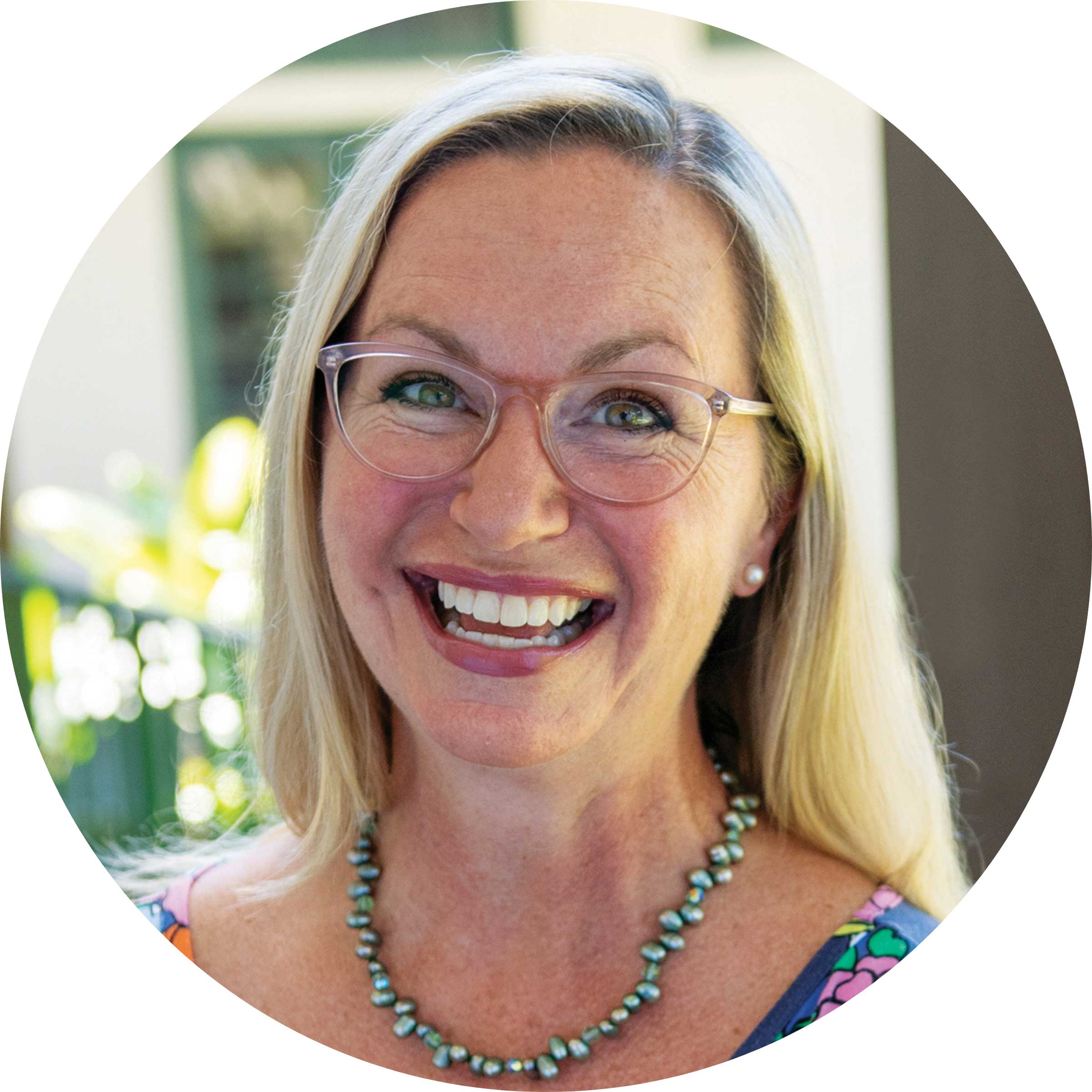
Noelehua Lyons ’91 Archambault
Vice President for Institutional Advancement
What Endures
“Our new mission statement and values are powerful because they also reflect our incredible Punahou ‘ohana around the world. Our alumni are living out these values and inspiring others as they serve their communities through innovations in education, sustainability, art, technology, medicine and countless other fields. The mission and values will further ignite the passion and drive in our community to connect with each other, with a deep recognition of where we come from, and an understanding of our collective kulena to lift others up and create the best possible future for all.”

